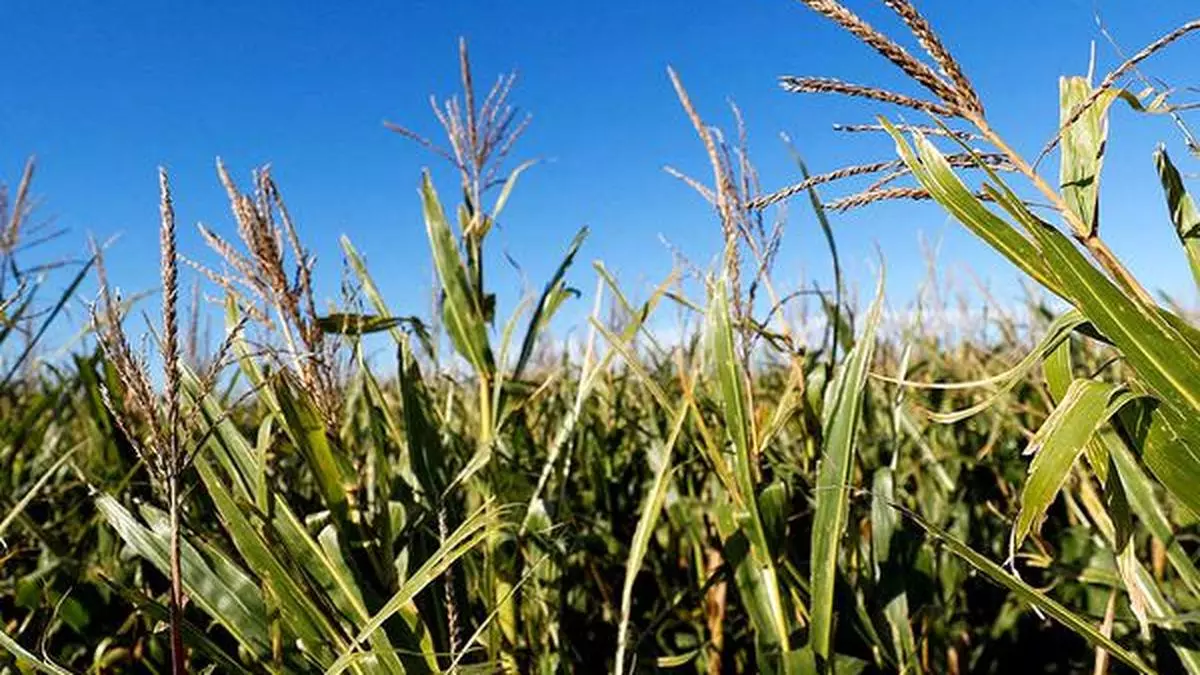Precision farming: Boosting yields with data-driven techniques
The world’s population is projected to grow to 1.5 billion by 2030, which means the demand for food production and crop yield will also increase multi-fold. While traditional farming methods have been sustainable for centuries, the population boom and factors such as dependence on the weather, soil conditions, and local expertise limit their scope. The ongoing shift in weather patterns, limited water resources, and continuous soil degradation further impact yields.
As a result, agricultural practices are shifting towards a modern tech-enabled approach rather than sticking to traditional labour-intensive farming. Over the years, farmers have also started opening up to integrating smart farming methods to maximise yield. One approach that is significantly boosting yields is precision farming, also called precision agriculture. The data-driven approach leverages AI technology, sensors, and analytics to optimise agricultural practices and is altering the way crops are cultivated.
How AI adds efficiency
AI-based technologies used in precision farming for crop monitoring and forecasting weather conditions, aid farmers in planning their operations better. They gain insights into how much nutrition the soil needs and which crops they should cultivate. This information further helps them streamline planting, irrigation, fertiliser application, weeding, and harvesting.
In an initiative, the World Economic Forum conducted an 18-month project to analyse the outcomes of precision farming. Around 7,000 farmers used bot advisory services, soil testing technology, and AI-based quality testing for three crop cycles. It resulted in a reduction in use of inputs. During cultivation, the use of pesticides dropped by 9 per cent, while that of fertilisers dropped by 5 per cent. These tech-enabled modern farming methods not only reduce wastage, but also minimise cultivation costs borne by farmers.
Drones drive agricultural revolution
Precision farming also comprises the deployment of drones for several farming practices. By offering optimal and targeted application of fertilisers, pesticides, and water, drone-as-a-service offered by agritech companies are making everyday tasks easier for farmers. It also reduces the burden of manual labour. This time-efficient solution not only enhances productivity, but also contributes to cost-effectiveness by optimising resource usage by 30 per cent. While traditional spraying uses 100-120 litres per acre, drone spraying reduces water usage to just 10 litres per acre and takes just 7 minutes. Research also shows that using precise irrigation instead of traditional flood irrigation can conserve 50 per cent of the water and improve yields by 35 per cent.
At the same time, drones equipped with multispectral cameras can assess crop health by capturing images that reveal stress signs invisible to the naked eye. This early detection allows for prompt corrective action, such as targeted pest control or nutrient application, thereby, preventing crop loss and enhancing productivity. Statistics showcase that early risk detection through drone technology has reduced crop loss by 20 per cent in the surveyed regions.
Moreover, precision irrigation techniques use drone technology to understand soil moisture. It enables farmers to use variable-rate technologies to adjust planting density, fertiliser, and irrigation rates. While enhancing yield consistency, this modern agricultural practice also ensures uniform crop stands.
Data analytics to enhance productivity
Farmers can use data-driven precision farming techniques to stay on top of the complete pre-sowing to harvest cycle. For example, they can use GPS technology to create detailed field maps to understand the variability of soil conditions across their land. This information is crucial for optimising seed placement and irrigation practices. Also, sensors placed in fields can help collect data to monitor soil moisture levels, nutrient availability, and other critical parameters. This real-time data allows farmers to apply water, fertilisers, and pesticides precisely where and when needed, reducing wastage and environmental impact.
Agritechs in India are gradually collecting historical data and combining it with real-time data to bring information symmetry to the country. This collative data bank will aid farmers in improving productivity as well as yields, further ensuring that the agriculture ecosystem meets the nation’s rising food demand.
Leveraging historical data about climate and previous crop yields in a particular geographical region can guide farmers in estimating yields from different crop varieties. These projections can be made more accurate by integrating data from sources such as satellite imagery and weather forecasts. Precise forecasts help farmers make informed pricing, distribution, and storage decisions, which, in turn, reduces financial risk. Farmers in Telangana, who used precision farming techniques, observed a 21 per cent increase in plant growth per acre. Interestingly, they also observed a good 8% increase in sales prices. Using precision farming practices is a financially viable option.
Precision Farming: The essential approach towards a sustainable future
Precision farming is not just a trend, but a tool for sustainable growth for agriculture that will not only improve India’s agricultural landscape, but that of the world. As awareness grows, India’s adoption rate of precision farming technologies is projected to rise rapidly. By 2025, it is estimated that 30 per cent of Indian farms will have integrated some form of precision farming. As these smart farming methods become more widespread, their impact will be profound. It will ensure food security and improve the livelihoods of millions of farmers nationwide.
The author is Founder & CEO, Salam Kisan
